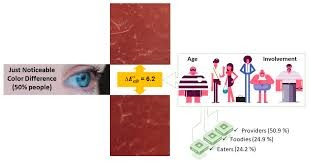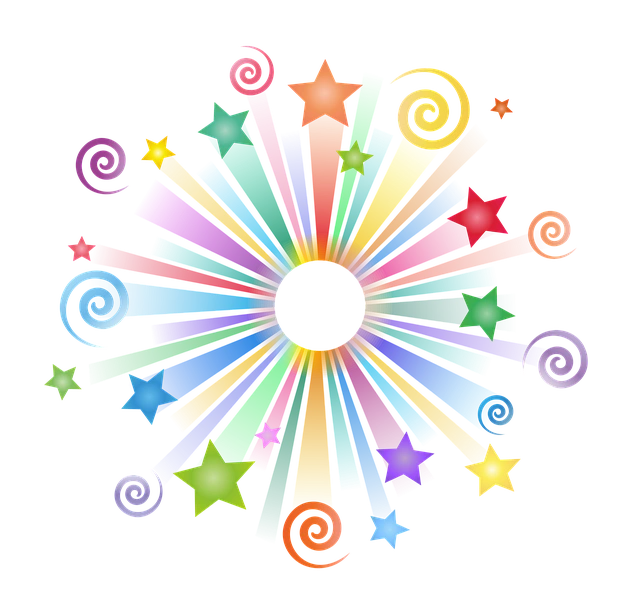What Role Does Color Familiarity Play in Prediction Accuracy?
Color familiarity is an intrinsic aspect of human perception and cognition, influencing a wide range of behaviors and decision-making processes. In the context of prediction games or tasks that rely on identifying or anticipating color patterns, familiarity with certain colors can play a significant role in accuracy and performance. This article delves into how color familiarity impacts prediction accuracy and why it is an important factor in the design and mechanics of color-based activities.
Understanding Color Familiarity
Color familiarity refers to the degree to which individuals recognize and are comfortable with specific colors based on their exposure and experiences. Familiar colors are those commonly seen in daily life, such as red, blue, green, and yellow, which often appear in nature, media, and cultural contexts. In contrast, less familiar or uncommon colors, such as certain shades of teal or magenta, may require more cognitive processing to identify and recall.
The familiarity of a color is not solely based on its prevalence but also on its cultural and psychological associations. For instance, red might be familiar in some cultures as a symbol of celebration or caution, while in others, it might represent danger or energy. These associations play a role in how individuals perceive and interact with colors in predictive scenarios.
Impact on Cognitive Processing
Familiar colors are processed more quickly and effortlessly by the brain, as they are deeply ingrained in memory and recognition pathways. This rapid processing can improve prediction accuracy in tasks that require quick decisions based on color cues. For example, if a game involves predicting the next color in a sequence, players are likely to identify and respond to familiar colors with greater speed and confidence.
Unfamiliar colors, on the other hand, may slow down decision-making as players take additional time to process and distinguish them. This delay can lead to reduced accuracy, particularly in fast-paced environments where timing is critical. Familiarity with colors minimizes cognitive load, allowing players to focus on patterns and probabilities rather than basic recognition.
Cultural and Contextual Influences
Color familiarity is heavily influenced by cultural and contextual factors, which can vary significantly across regions and demographics. For example, certain colors may be more prominent in one culture due to their use in traditional attire, art, or architecture, while others might be less common. These cultural differences affect how players perceive and predict colors in games or tasks.
Context also plays a role in shaping familiarity. Colors associated with specific industries or activities, such as blue for technology or green for nature, may be more easily recognized in related contexts. For prediction tasks, designers should consider the target audience’s cultural background and exposure to colors to optimize engagement and accuracy.
Application in Prediction Games
In prediction games, color familiarity directly impacts players’ ability to identify patterns and make accurate guesses. Games that incorporate familiar colors tend to have a lower barrier to entry, as players can quickly adapt to the mechanics and focus on strategy. Conversely, games that use uncommon or novel color palettes may introduce an additional layer of complexity, potentially deterring less experienced players.
Designers can leverage color familiarity to create more inclusive and engaging experiences. For instance, using universally recognized colors can make games accessible to a broader audience, while gradually introducing unfamiliar colors can challenge experienced players and maintain long-term interest. Balancing familiarity and novelty is key to achieving the desired level of difficulty and appeal.
Psychological Impacts on Decision-Making
Familiar colors evoke emotional responses and associations that influence decision-making. For example, players may feel confident and positive when encountering familiar colors, leading to more decisive predictions. In contrast, unfamiliar colors might cause hesitation or uncertainty, impacting accuracy.
Additionally, players’ preferences for certain colors can affect their choices in prediction tasks. Familiar and preferred colors may subconsciously feel “correct” or more appealing, skewing decisions in their favor. Understanding these psychological dynamics is crucial for designing fair and effective prediction tasks at 91 club login.
READ MORE : Predictive Analytics in Sports Betting
Conclusion
Color familiarity is a critical factor in prediction accuracy, shaping how individuals perceive, process, and respond to color-based cues. By understanding the role of familiarity, game designers and researchers can create more effective and engaging tasks that account for cognitive, cultural, and psychological influences. Whether enhancing accessibility or introducing new challenges, leveraging color familiarity offers valuable insights into human behavior and decision-making.







